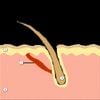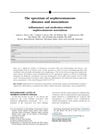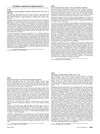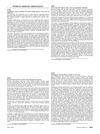Nephrogenic Systemic Fibrosis: Report of Two Cases
February 2010
in “
Journal of The American Academy of Dermatology
”
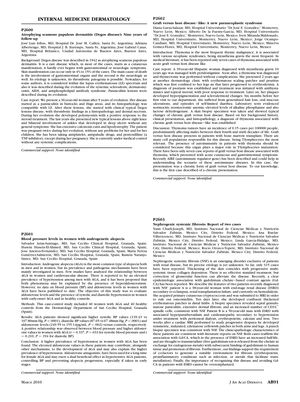
TLDR The document concludes that using gadolinium-based contrast agents during MRI can be linked to Nephrogenic Systemic Fibrosis in patients with severe kidney disease.
The document reports two cases of Nephrogenic Systemic Fibrosis (NSF), a disorder that affects patients with renal disease, although its exact cause is not fully understood. NSF is characterized by skin thickening and systemic tissue collagen deposition, and there is no standard effective treatment. However, improving glomerular function may help alleviate the condition. Both cases described in the document had a clear association with the use of gadolinium chelate-based contrast agents (Gd-CA) during magnetic resonance imaging (MRI). The first patient, a 38-year-old woman with end-stage renal disease (ESRD), developed NSF symptoms after an MRI. The second patient, a 50-year-old man with ESRD, also developed NSF symptoms following a cardiac MRI. These cases support the association between Gd-CA and NSF, especially in patients with ESRD who have an increased half-life of the agent, leading to potential transmetallation and subsequent fibrosis. The document emphasizes the importance of recognizing NSF and avoiding the use of Gd-CA in patients with ESRD to prevent the disease. No commercial support was identified for this study.
